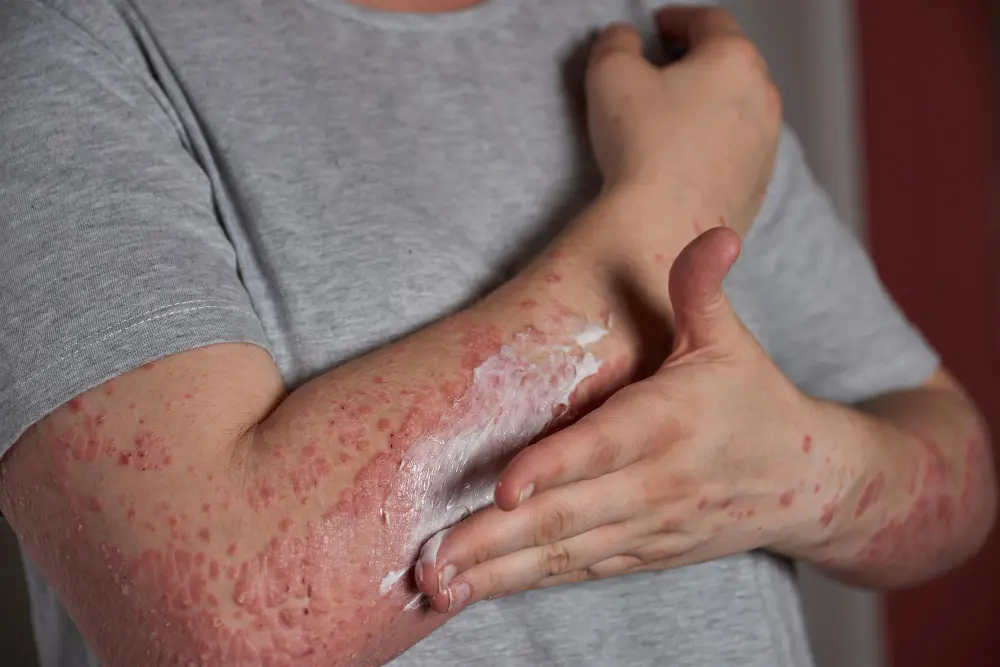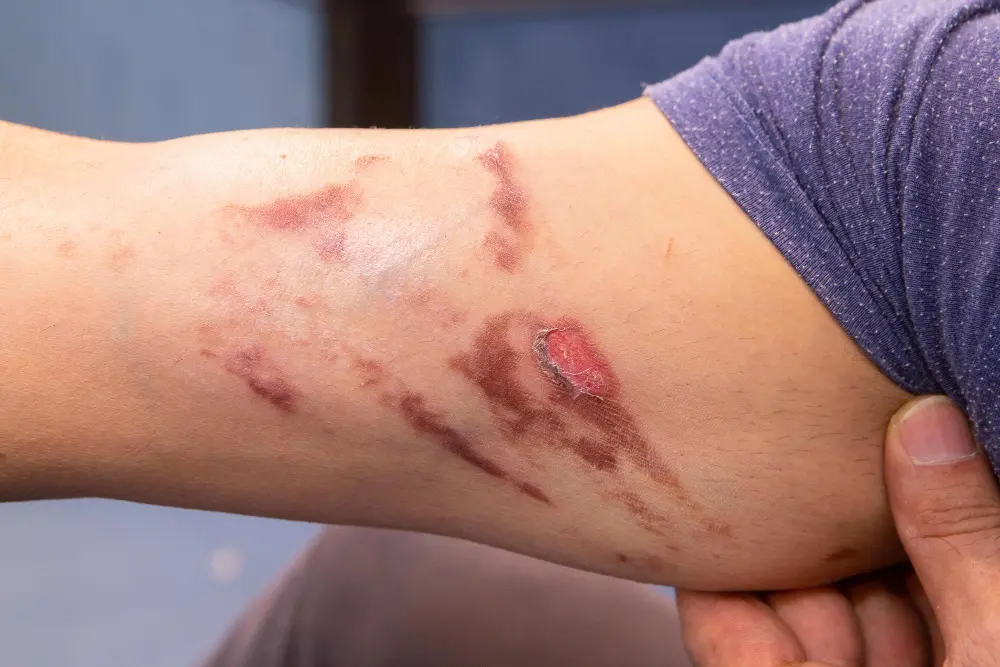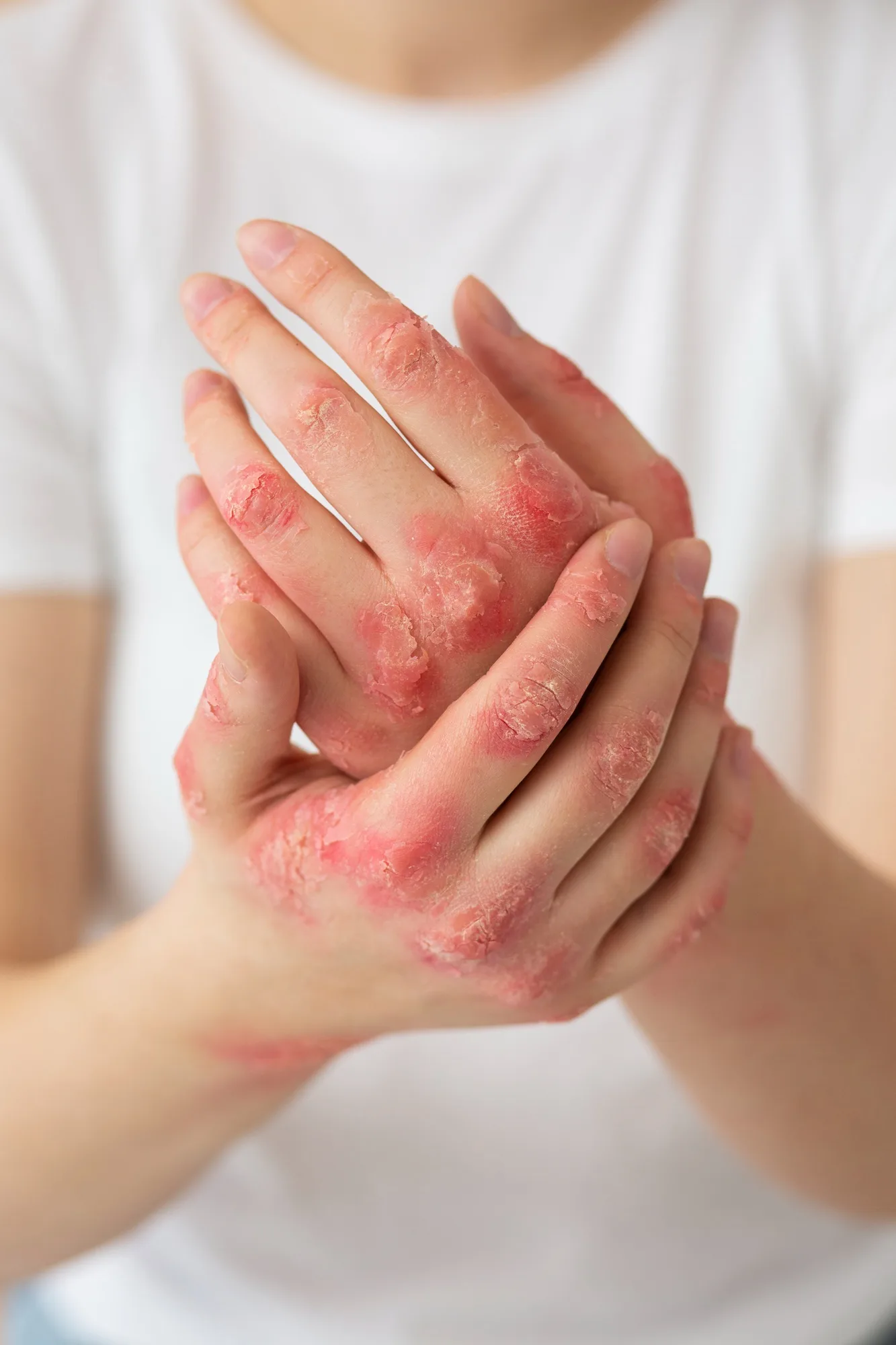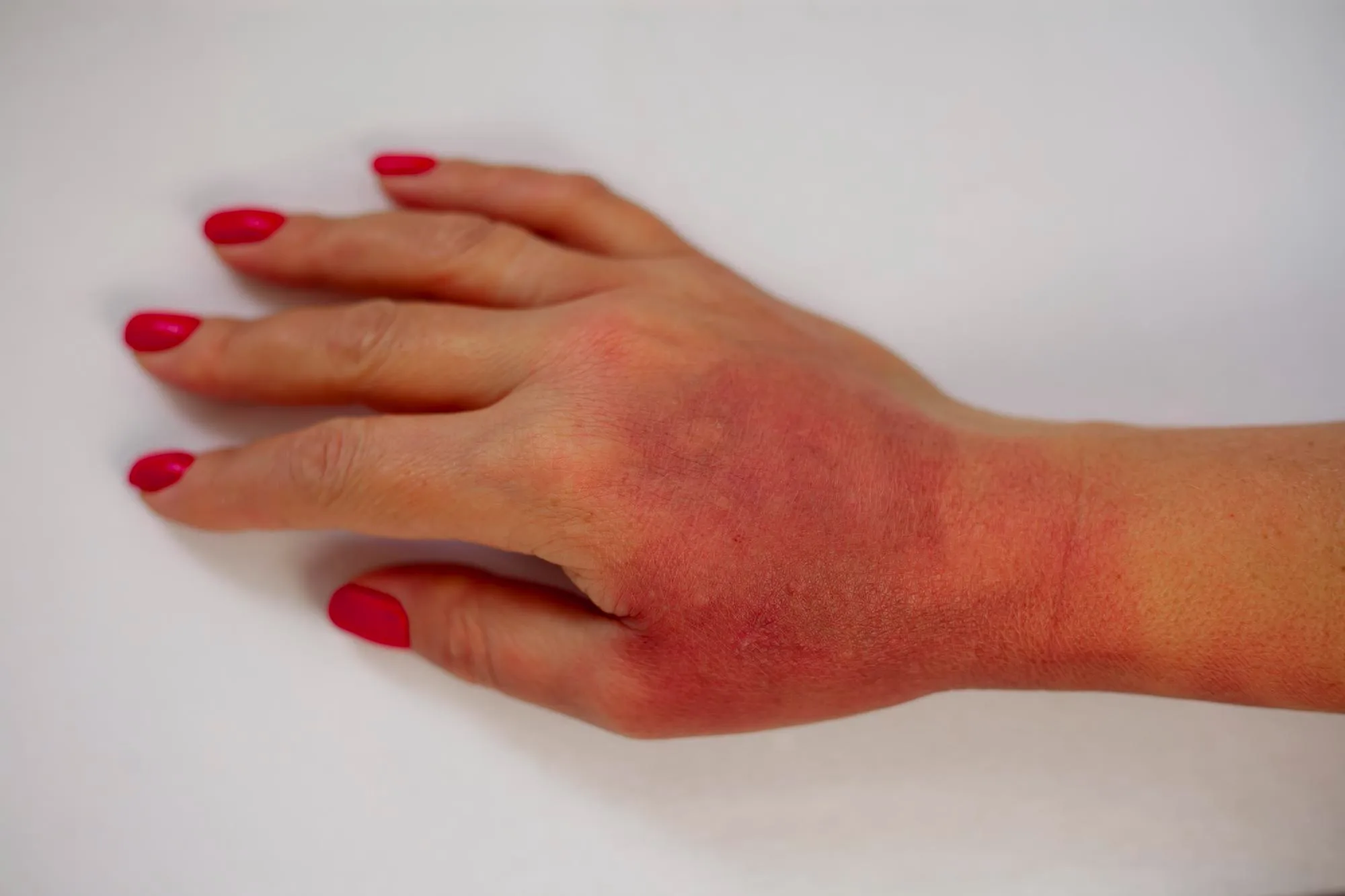What is Burn Scars Surgery?
Burn scars are a common type of scar that can be caused by burns, fire, or even hot liquids. They can be unsightly and cause functional problems, such as limited mobility or contracture. Burn scars surgery is a type of plastic surgery that aims to improve the appearance and function of burn scars.
During burn scars surgery, the surgeon will remove the damaged tissue and skin and replace it with healthy skin. The healthy skin can be taken from another part of the patient’s body or from a donor. In some cases, skin grafts can also be used to cover the affected area.
Burn scars treatment can be performed on any part of the body, including the burn scar on face, hands, and limbs. The type of surgery used will depend on the severity of the burn, the size of the scar, and the location of the scar.
Overall, burn scars surgery treatment can be a highly effective way to improve the appearance and function of burn scars, and can have a significant impact on a patient’s quality of life. It is important to consult with a qualified and experienced plastic surgeon to determine the best course of treatment for your individual needs.

How Can Burn Scars Be Treated with Surgery?
Burn scars can be a source of physical and emotional pain for those who have them. While there are several non-surgical treatments available, such as silicone sheets, compression garments, and laser therapy, some patients may choose burn scar surgery to improve their appearance and functionality.
Since burn injuries can be devastating and leave permanent scars on the body, burn surgery aims to improve the appearance and function of the affected area by removing scar tissue and reconstructing the damaged tissue.
What Type of Surgery Is Done for Burns?
Here are some common types of burn surgery:
Skin Grafts: This is a common type of burn surgery where a thin layer of healthy skin is taken from another part of the body and transplanted onto the burned area. This helps to replace the damaged skin and promote healing.
Tissue Expansion: This is a technique where a balloon-like device is inserted under the healthy skin near the burn site. Over time, the device is slowly inflated to stretch the skin and create new tissue that can be used to cover the burned area.
Flap Surgery: This involves taking healthy tissue from a nearby area and using it to cover the burned area. The tissue is typically taken from an area that is hidden, such as the back or the inner thigh.
Scar Revision Surgery: This is a procedure done to improve the appearance of existing scars caused by burns. The surgeon may remove the scar tissue and reshape the surrounding skin to create a more aesthetically pleasing result.
What Types of Burns Are There?
There are various types of burns caused by several heat sources. For instance;
Thermal Burns: These are the most common type of burn and occur when the skin comes into contact with a heat source such as fire, hot liquids, steam, or hot objects. The severity of thermal burns depends on the temperature of the heat source, the length of exposure, and the location of the burn.
Chemical Burns: Chemical burns occur when the skin or eyes come into contact with a harmful chemical such as an acid or alkali. These burns can be caused by exposure to household cleaning products, industrial chemicals, or even certain types of plants.
Electrical Burns: Electrical burns are caused by contact with an electrical current. They can be caused by anything from faulty electrical wiring to lightning strikes. Electrical burns can be deceptive, as they may not initially appear serious but can cause internal damage.
Radiation Burns: Radiation burns are caused by exposure to ionizing radiation, such as X-rays or radiation therapy for cancer treatment. These burns can damage the skin and underlying tissues and can increase the risk of skin cancer.
What Are the Levels and Degrees of Burns?
The preferred treatment methods for the repair of burns categorized in different degrees are called burn repair treatment. There are different burn repair treatments for each degree of burn.
First Degree Burns
- First-degree burns are the mildest type of burn, affecting only the outer layer of the skin.
- These burns can often be treated at home. In this degree of burn, the burned tissue heals within a few weeks.
- After first aid, the burned tissue is dressed with a sterile cloth and burn ointment.
- In cases of inflammation and pain, creams or drugs containing painkillers may be preferred due to alleviation of pain.
- Regardless of the degree of the burn, moisturizer should be applied to the burned area after the tissue heals.
Second and Third Degree Burns
- These burns are more serious than first-degree burns, affecting the outer and the underlying layer of the skin, and potentially underlying tissues.
- Antibiotic drug treatment may be applied.
- With the help of dressing, tissues need to be cleaned and repaired.
- It is necessary to measure the loss of sensation in the tissue by stimulating the burned tissue and regain the sensation in the tissue.
Fourth-Degree Burns
- Fourth-degree burns are the most severe type of burn, extending beyond the skin and affecting the underlying bones and muscles.
- These burns require emergency medical treatment and may require amputation or extensive reconstructive surgery.
What Are the Risks and Potential Complications Associated with Burn Scars Treatment?
One of the most common risks associated with any surgery is infection. Since burn scarrings can be more prone to infections, it is especially important to take preventative measures before and after surgery to minimize the risk of infection.
Another potential risk is bleeding, especially if the surgery involves removing scar tissue. Bleeding can be managed with compression dressings or in more severe cases, a return to the operating room to stop the bleeding.
Nerve damage is also a risk associated with burn scar treatment. This can lead to a loss of sensation or movement in the affected area. In some cases, this may be temporary, but in others, it may be permanent.
Scarring is another potential complication associated with burn scar treatment. While the goal of surgery is to improve the appearance of the scar, there is a risk of creating new scars or worsening the existing scars.
It is important to discuss the potential risks and complications with your surgeon before undergoing any surgical procedure. Your surgeon can help you understand the specific risks associated with your surgery and what steps can be taken to minimize these risks.
What Are Cosmetic Burn Scars Surgery Procedures?
As previously mentioned, there are different types of cosmetic burn scar surgery procedures, depending on the severity and location of the scar. Here are some common cosmetic procedures apart from the former burn scar treatment types:
Laser Resurfacing: This procedure involves using a laser to remove the top layer of the skin, promoting the growth of new, healthy skin in its place. It can help to reduce the appearance of scars and improve skin texture.
Dermal Fillers: This procedure involves injecting dermal fillers, such as hyaluronic acid, into the scar tissue to plump it up and improve its appearance.
Z-plasty: This procedure involves repositioning the scar tissue to help it blend in better with the surrounding skin.
Burn Scars Treatment FAQ
Why Would a Burn Scar Need Surgery?
In some cases, burn scars can cause functional problems or psychological distress, which may require surgery to address. Surgery can also be used to improve the appearance of burn scars, which can improve a person’s quality of life and self-confidence.
Can Burned Skin Be Repaired?
Yes, burned skin can be repaired through various treatments such as skin grafting, scar revision surgery, and laser therapy. The extent of repair will depend on the severity of the burn and the type of treatment used.
Can Surgery Remove Burn Scars?
Surgery can help to improve the appearance of burn scars and reduce their visibility, but it may not be able to completely remove them. The extent to which surgery can improve burn scars depends on the severity of the scarring and the individual’s unique circumstances.
Can Permanent Burn Scars Be Removed?
Unfortunately, permanent burn scars cannot be completely removed. However, surgery and other treatments can help to improve their appearance and reduce their visibility. It is important to consult with a qualified and experienced plastic surgeon to discuss the best options for your specific case.
What Is Skin Grafting and Its Advantages on Burnt Skin?
Skin grafting is a surgical procedure where healthy skin from one part of the body is transplanted onto a burned area. Advantages include improved appearance, decreased pain and risk of infection, and faster healing time.
When Is Revision Burn Scars Surgery Necessary?
Revision burn scars surgery is necessary when initial treatments have not been successful in improving the appearance or function of the scar, or when the scar tissue is causing discomfort or limiting mobility.
What Are Some Common Myths and Misconceptions About Burn Scars Surgery?
One common myth about burn scars surgery is that it can completely erase all signs of scarring. While surgery can significantly improve the appearance of scars, it may not completely remove them. It’s important to have realistic expectations and discuss possible outcomes with a qualified surgeon. Another misconception is that burn scars surgery is only cosmetic, when in fact it can also improve function and quality of life for the patient.








